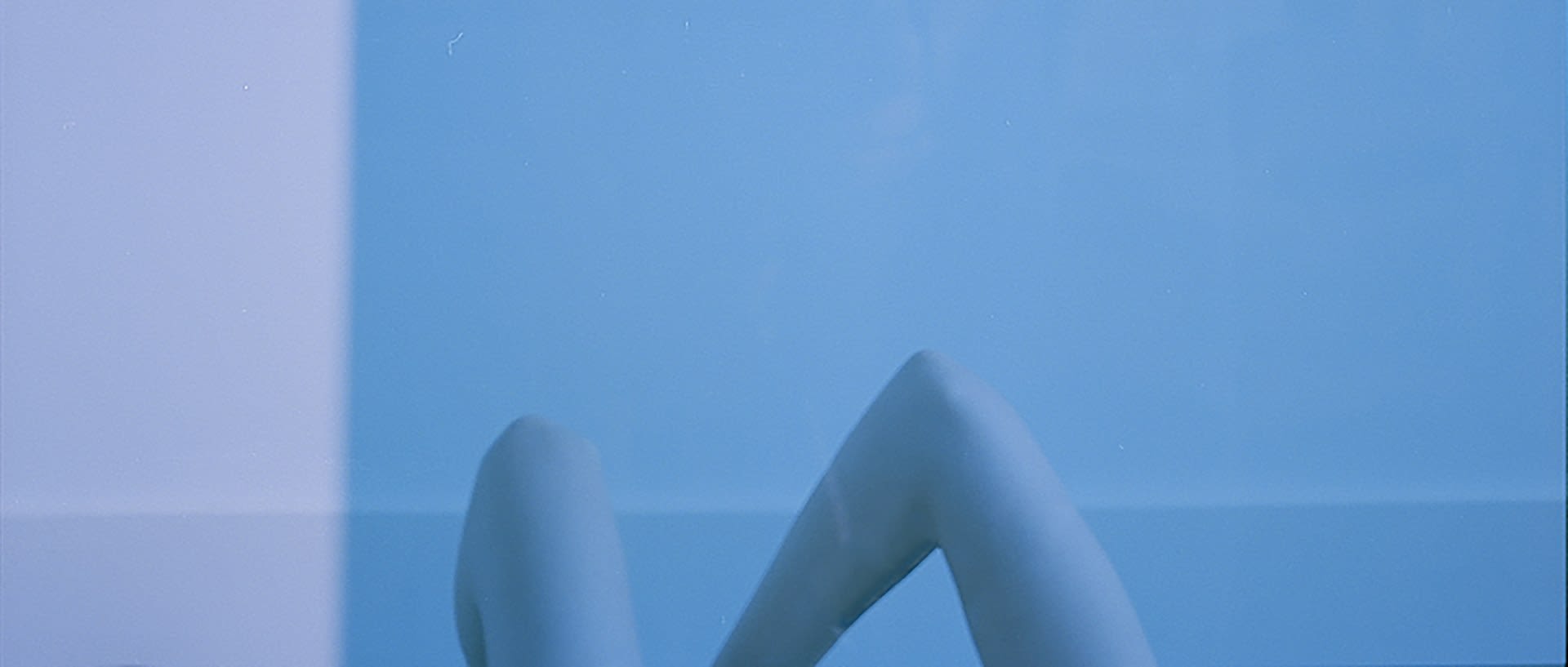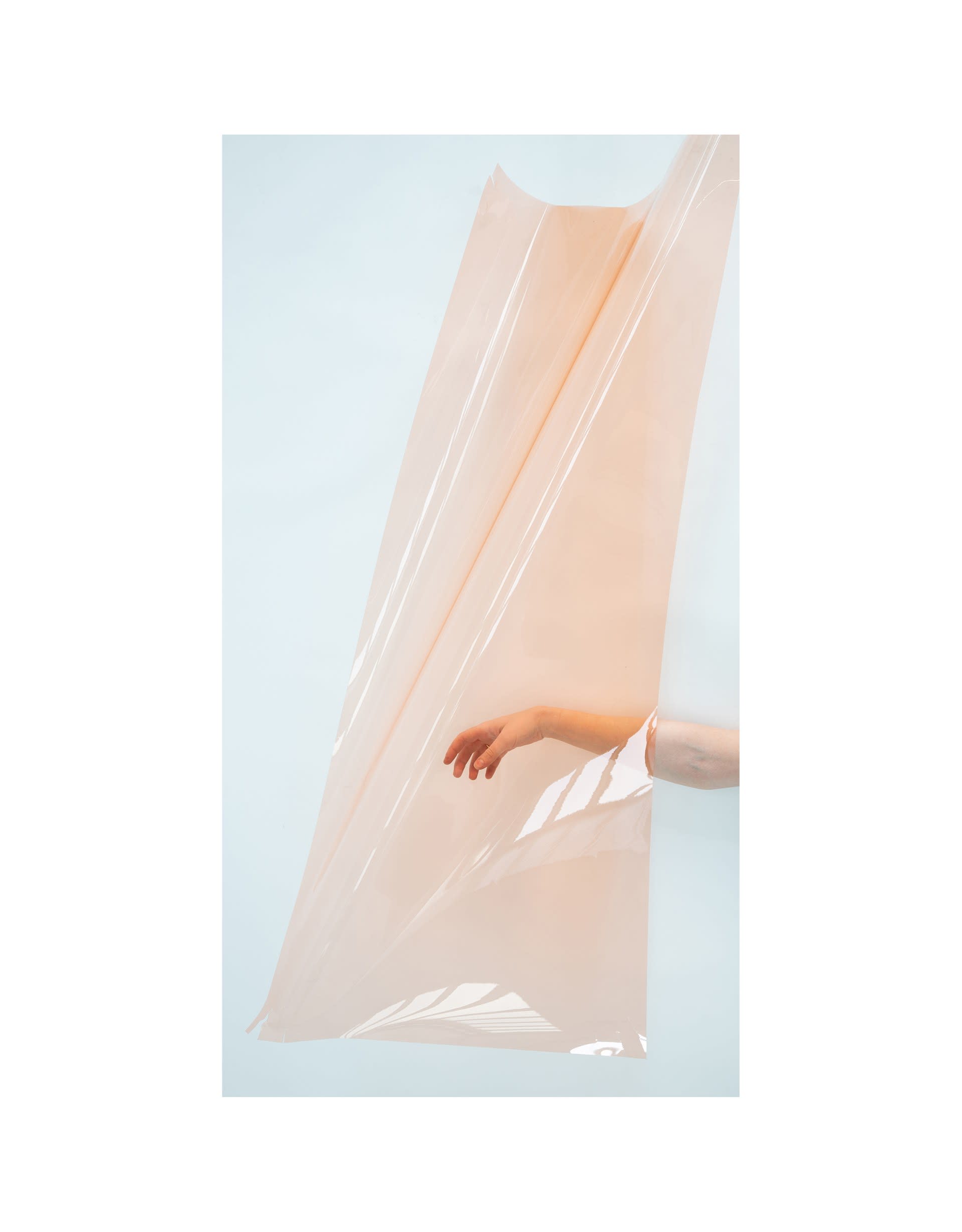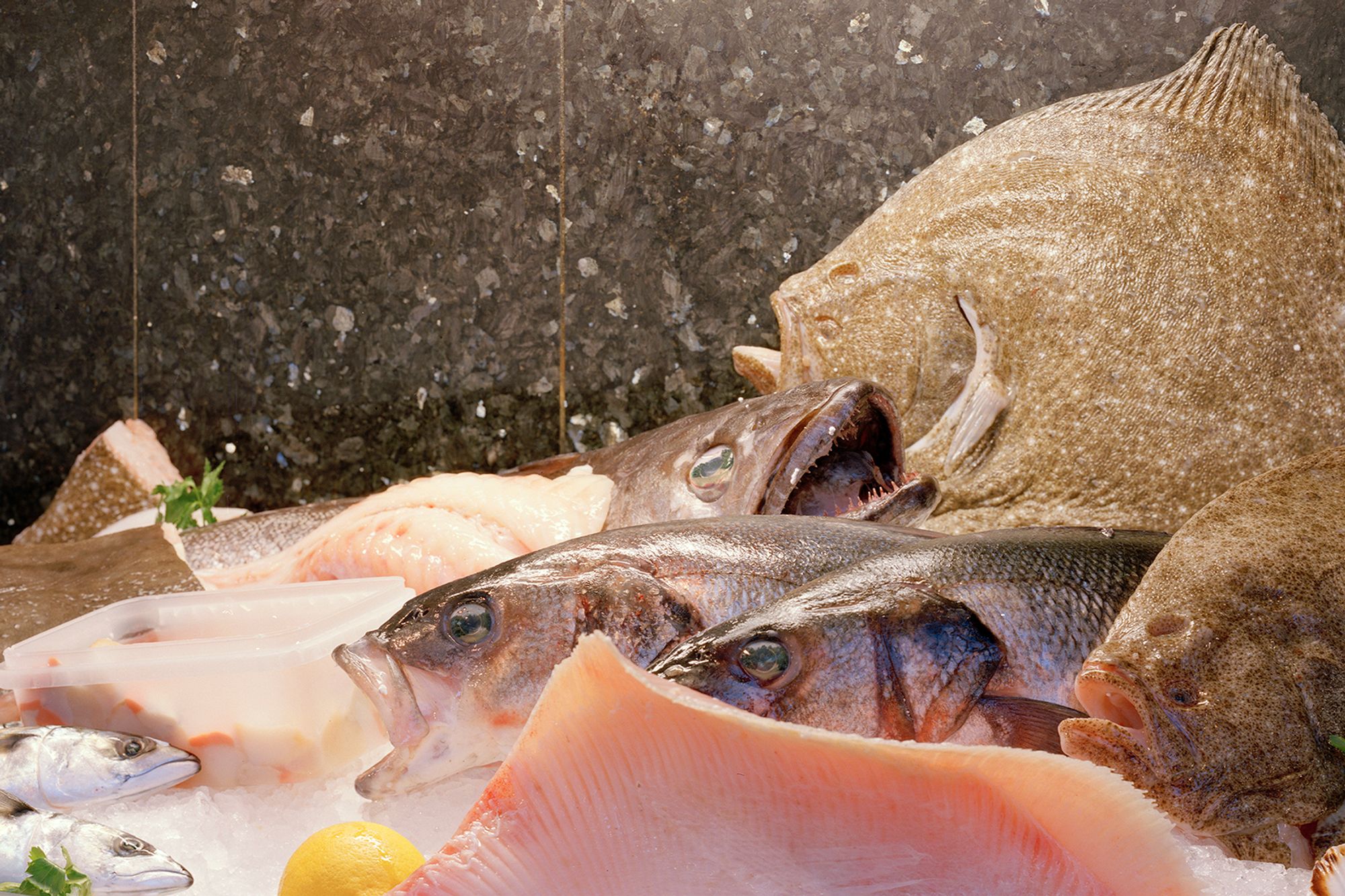Laura Asselborn is a German/Lithuanian visual artist based in London and Hastings. Her Bachelor in Fine Art at Brighton University in 2019 was followed by a Masters at the Royal College of Art in 2021.
Asselborn mixes sculpture, photography and video to discuss themes of looking, neurodivergent identity, the making strange, and the psychological stress of photographic and physical space.
Her work has been shown in group shows such as the Summer Show at Solaris Print, St Leonards on Sea, Rising Talent 5 at Hastings Arts Forum and Tonic at 5th base Gallery, London.











